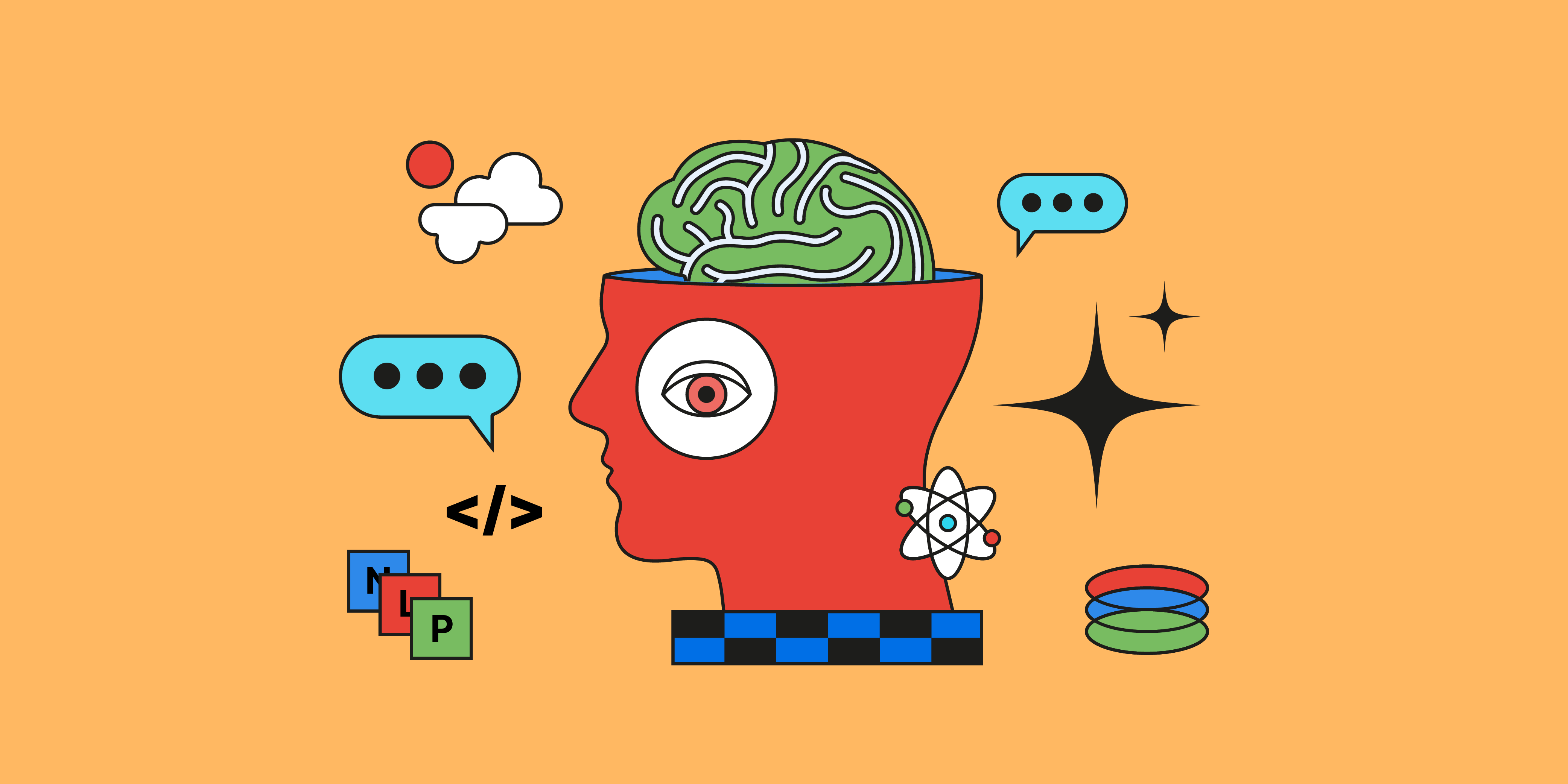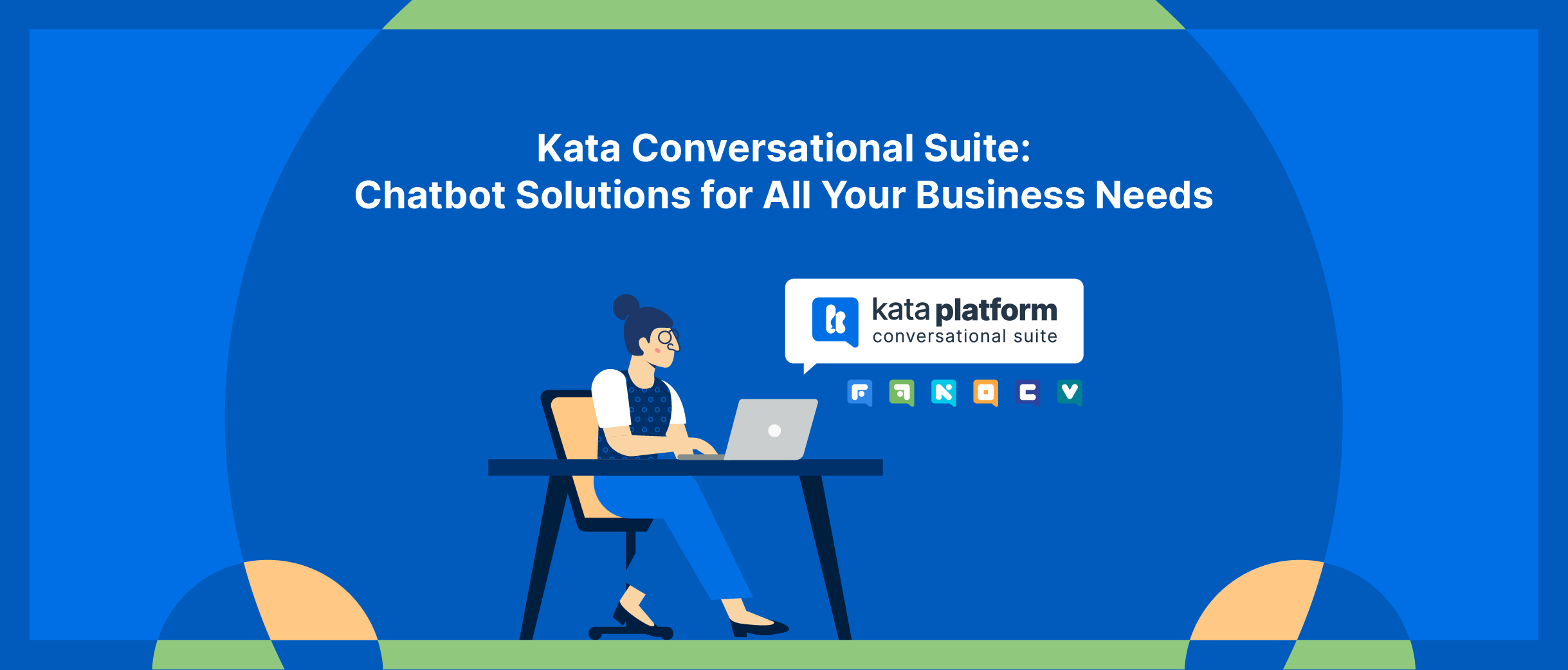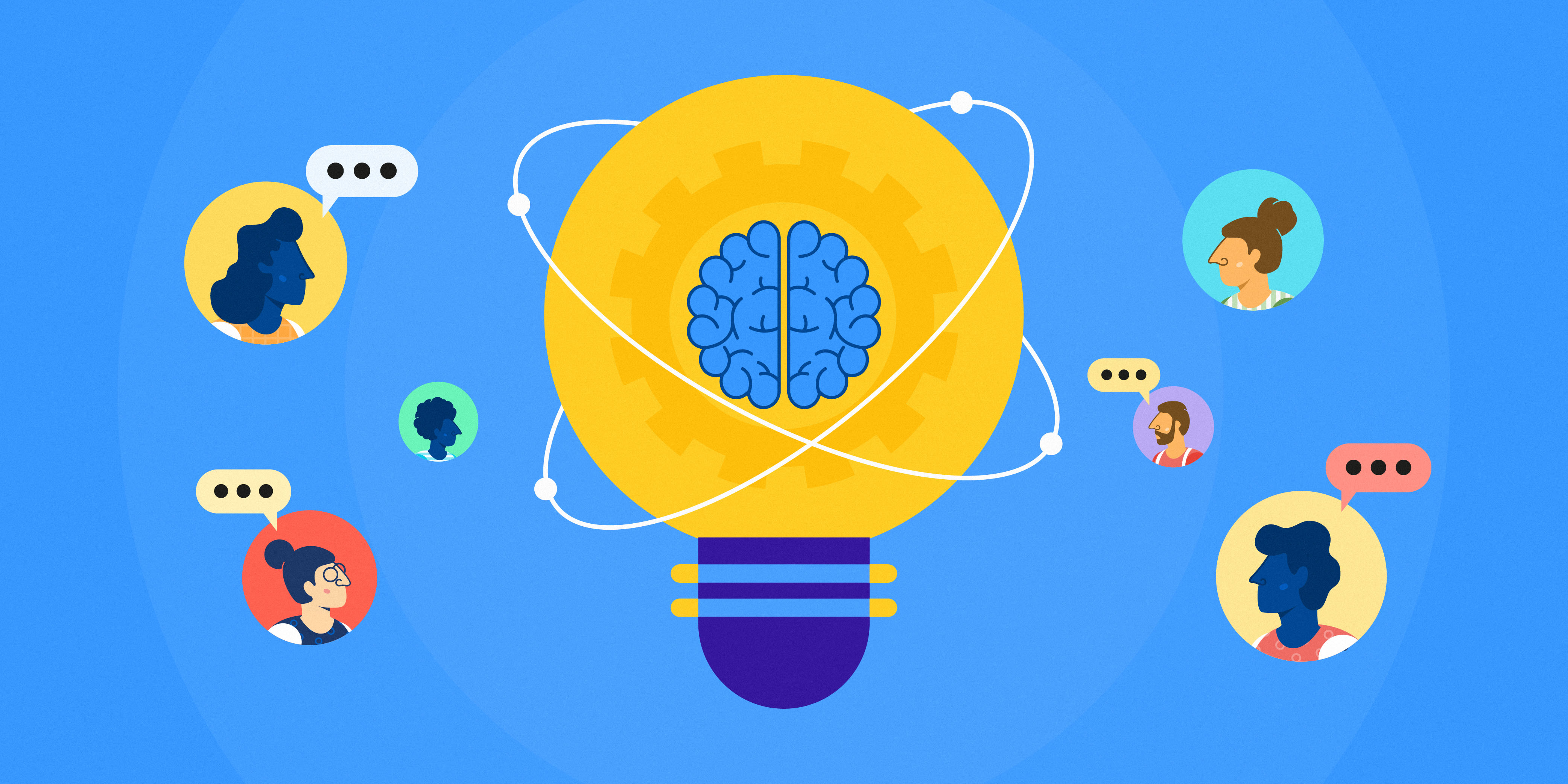While you might not be too familiar with the term, Natural language processing — or NLP for short — has been a really integral part of how we use technology, especially since NLP has enabled advanced innovations such as chatbots and conversational AI.
From waking up in the morning to going to bed at night, technology has made life easier in so many ways. But did you know that how we interact with technology, especially when we can use our daily language to operate technology, is only possible thanks to a very complex process and decades of research?
That is right. We are talking about NLP, which is the process that allows us to put phrases in a search bar or even chat with a program and have them understand us and generate a contextual reply. But for starters, what exactly is NLP?
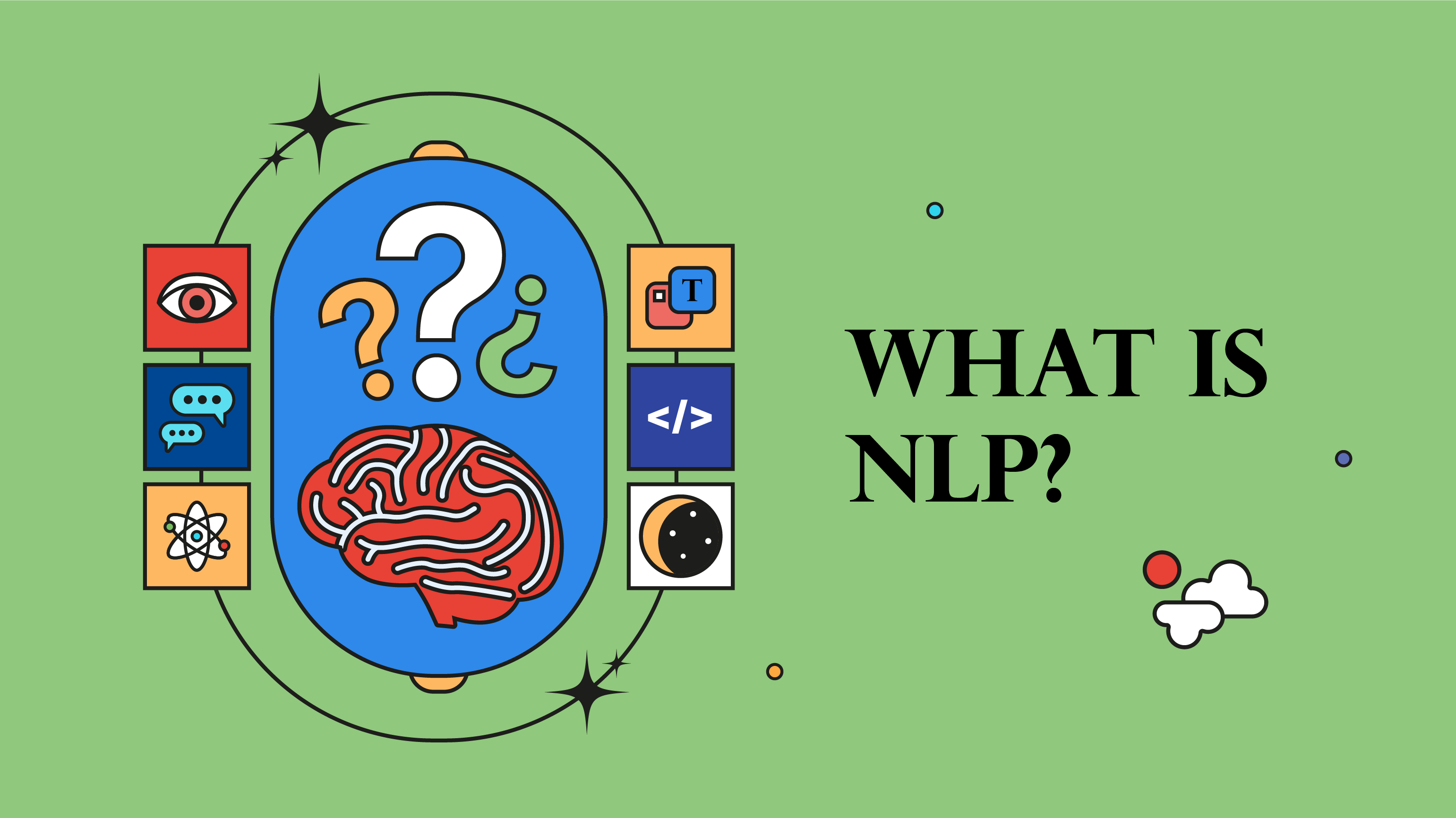
What is NLP?
NLP is a subset of Artificial Intelligence (AI) technology. At its simplest definition, it’s the technology that allows machines such as computers and programs to understand the languages that we humans use to communicate.
We humans communicate by using language, and there are millions of them representing different cultures around the world. While there are tons of differences between languages, most of them are structured similarly. A collection of words would form phrases and sentences that can be interpreted either piece-by-piece or as a whole unit.
Machines, however, don’t communicate like humans do and need to be “taught” to understand or even mimic human communications, and making machines learn and understand human languages is the essence of NLP.
With the help of NLP, a machine or program that receives human inputs — usually in the form of texts or speeches — and detects specific keywords, such as items, time, locations, and various other things that might point them to what the users are trying to say. The NLP then performs complex detection and runs algorithms to detect the input’s syntaxes or how the words are arranged to form proper sentences in the language.
Going beyond that, NLP can even analyze the sentiment behind the natural language inputs. The critical thing is to determine the intent of user input, as it will determine what follow-up actions the machine or program should perform.
This is already a monumental task for straightforward sentences or phrases. Still, it gets even more complicated when machines have to determine the sentiment or intent behind more complex sentences, such as ones that contain jokes or sarcasm. This is why NLP relies on large amounts of data and rigorous data training for the machine to understand natural language communication properly.
But what kind of data would be beneficial for NLP? A library of synonyms, antonyms, and homonyms can help NLP process a broad range of inputs contextually. When the machine needs to generate a reply, the database can even help it produce more natural and less robotic phrases. But NLP also benefited from other forms of data training, such as rule-based, statistical, or unsupervised interaction learning.
To this day, NLP is still being researched and developed by companies and universities worldwide, with the goal of not only expanding its capabilities but also for it to understand more languages. In Indonesia, our own Research Team has been doing a lot of research on how we can advance Bahasa Indonesia NLP.
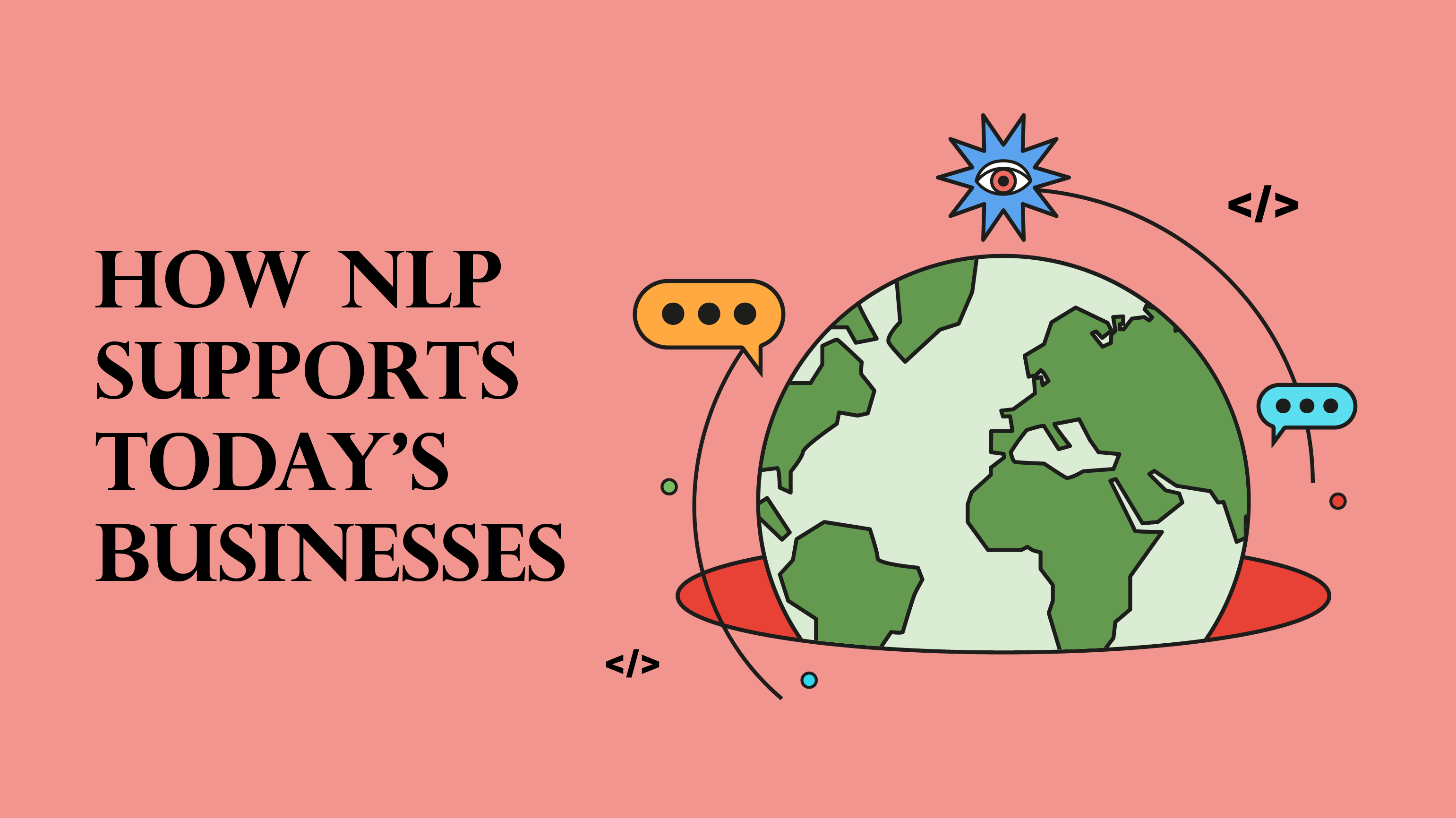
How NLP supported today’s businesses
Nowadays, NLP has become so commonplace that some people might think that it is given for computers and machines to understand natural language inputs and sentences, even though it was thanks to decades of research and a bunch of complicated processes as we have learned.
To help you use technology easily, businesses use NLP in a variety of ways to enable various solutions that people use every day. Here are some of the purposes for which businesses have used NLP, some of which you might have also encountered in your daily life:
1. Enabling better engagement with customers
NLP generally allows users to better interact with programs that businesses develop, as the technology can detect and follow inputs from users more contextually in order to perform relevant follow-up actions.
2. Nurture customer relationships
NLP can help businesses build a good rapport with their customers with more personalized relationships, as the technology can support more contextual and relevant interactions with customers,
3. Sentiment analysis
NLP can also help businesses identify customer sentiment by analyzing inputs from digital channels such as emails and social media. This can help businesses in gathering various feedback that are crucial to improving their products and services.
4. Gain customer and market insights
With NLP-powered analysis, businesses can gain valuable and actionable insights into customer behavior and market trends that can help them stay ahead of the competition.
5. Increase worker productivity
NLP can also enable programs that reduce mundane tasks needed to be done by workers in several applications, ranging from simple ones such as scanning documents for information that can be used for sorting and classifications, to more advanced tasks such as supporting customer service and answering repetitive questions.
One of the most beneficial and interesting applications of NLP for businesses is conversational AI and chatbot solutions, as they allow users to, quite literally, talk to computers and programs that are designed by businesses to help with a wide variety of queries and needs.
The most known example of a chatbot might be Apple’s Siri, which is a virtual assistant baked into iPhone and other Apple products. People can operate the virtual assistant just by talking to it in a conversational way, and since its introduction in 2011, Siri has been getting better at carrying natural and contextual conversations.
But Siri is not the only chatbots out there as businesses have been using chatbots for a variety of use cases, from providing instant and automated customer services to providing personalized customer engagement. And NLP helped these chatbots, both text-based and voice-based, interact with customers more naturally.
The chatbots are able to determine the intent and elements and contextually generate automated replies based on user inputs, which can then help businesses provide services that the customers need automatically. This is all thanks to NLP technology.
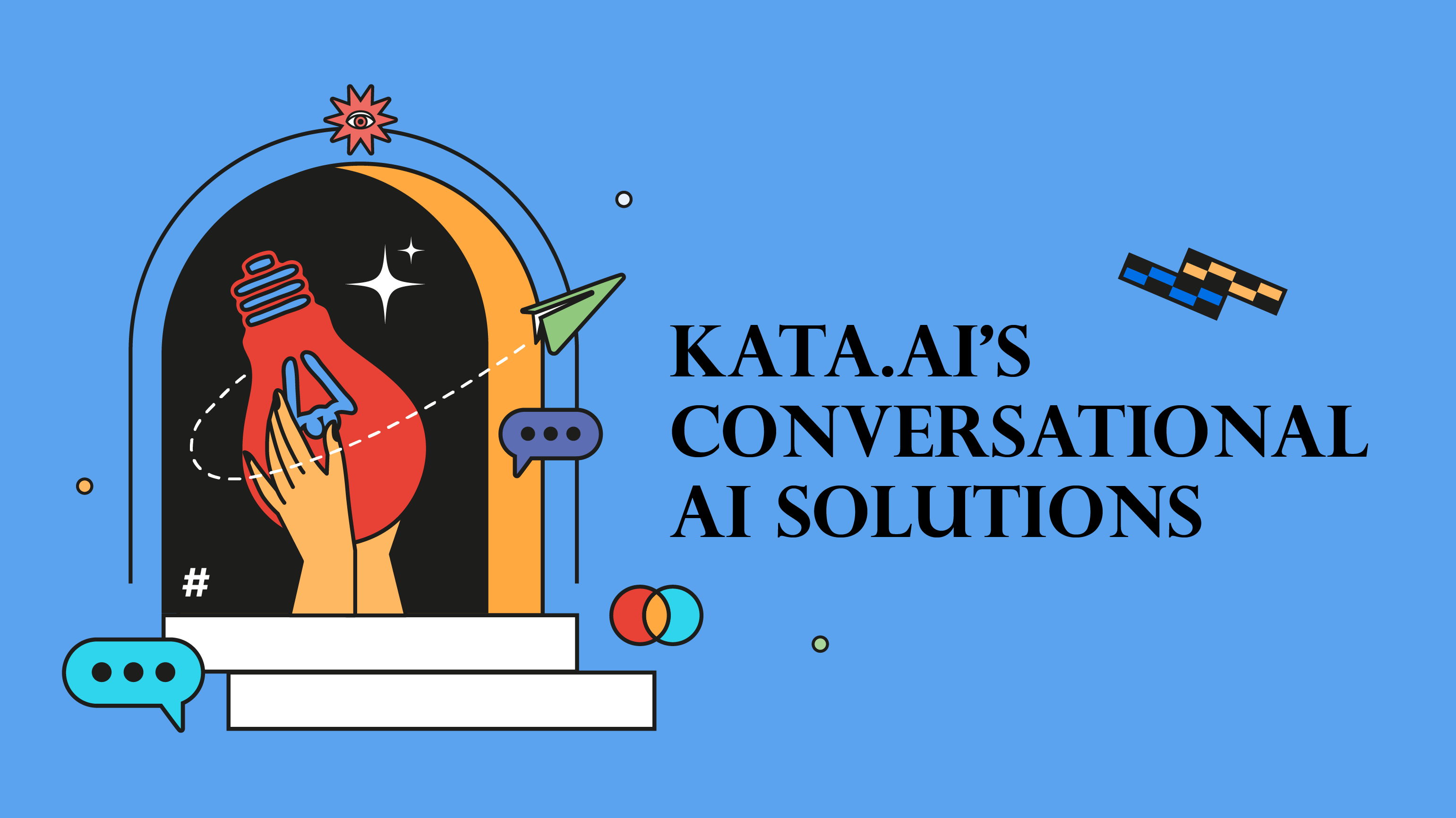
Kata.ai’s NLP-powered Conversational AI solution
Kata.ai’s conversational AI solution is no exception, as we were able to create chatbots for a wide variety of use cases thanks to the most advanced Bahasa Indonesia NLP — which also supports English — that we developed and integrated into them. This allows businesses to better engage with Indonesian customers and converse with them naturally.
We put our NLP advancements front and center with our Kata NL product, which allows you to create your own NL model for your own chatbot so they can better understand conversations and intents based on your business line.
Kata NL eliminates the complexity of natural language processing and allows you to easily solve your use cases, from enhancing your virtual assistant to social media monitoring.
Additionally, The Super Model feature built into Kata NL can also detect and identify up to 13 kinds of entities from user inputs. You can immediately start using the Super Model feature without needing to perform any data training.
You can learn more about Kata NL, and how it can help you build a smarter chatbot for your business, here.
Conclusions
NLP has played a vital role in how we use technology today, as many computers and programs now rely on their system being able to understand natural language inputs to allow for a better user experience.
But as we have learned, there are a lot of complex processes happening and data being used in the background in order for the machines to not only understand what we said but follow up on it in a contextual manner. We have also come a long way from the early days of NLP to the point where we have arrived at the era where people can interact with technology more naturally than ever before.













